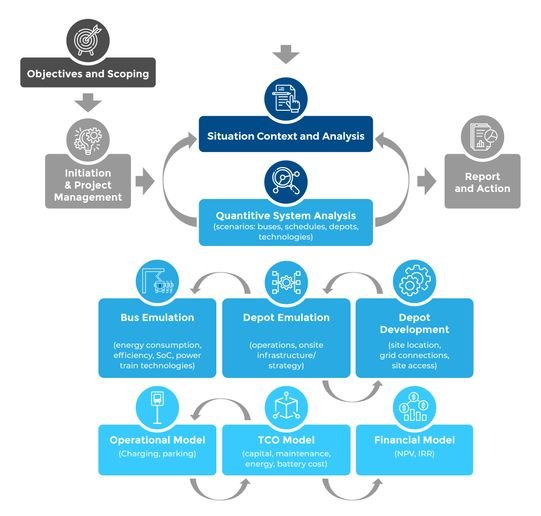Are Zero-Emission Buses the ‘Netflix Moment’ for the Transit Industry?
Transit Dispatches • March 16, 2022 • by Sasha Pejcic and Daniel Hilson •
https://www.metro-magazine.com/10163436/are-zero-emission-buses-the-netflix-moment-for-the-transit-industry
Anyone who is honest from the zero-emissions vehicle industry will tell you that we are still at the DVD moment in this industry and that the ultimate “streaming service” is yet to come.
Netflix emerged in 1997 as a mail-order DVD business. Shipping DVDs by mail came with some growing pains, but ultimately did get traction by 2001, when DVDs became more popular than VHS. Just as they were gaining traction with this model, along came streaming videos — they disrupted their own model to become the world’s leader in this service, and ultimately, reached a new level of success.
Reed Hoffman, the founder of LinkedIn, is famed for saying a start-up is like “throwing yourself off a cliff and building the plane on the way down.” For many in the transit industry, this is likely the way they are feeling about the urgent transition to zero emission bus technology.
Undoubtedly, this is a fast-evolving area of technology and part of a complex overall system that is constantly evolving based on new technologies and greater data availability. What’s more, the industry is simultaneously grappling with disruptions due to COVID.
So, the question to ask is: Are we at the DVD moment or the streaming moment? Will the solutions implemented today inhibit or enhance the potential changes coming our way in the future?

In an environment of uncertainty, what matters more than a technology decision is the framework and philosophy that transit agencies adopt when going on this journey. Some key principles to observe along the way are:
- Develop a long-term framework for iterative, agile, and incremental build/learn/test cycles.
- Develop a related framework that can create stakeholder alignment, and where failures are viewed as a necessary part of the journey.
- Track technology developments carefully, and don’t believe those with vested interests in selling you a product.
- Learn from your peers. One of the most positive aspects of the transit industry is that we all share information for our mutual betterment. Consider where your transit agency is in the evolution of its zero-emission transition journey and whether it is the right time to make permanent decisions now which are difficult to reverse, or whether it is more advantageous to leave your options open for an eventual inflection point.
- Track standards developments and push for standardization across industry.
- Keep your options open. Where possible, buy technology that enables flexibility. A good example is having buses outfitted for both pantograph and plug-in charging. In some jurisdictions, we are also seeing crossovers of technology such as outfitting hydrogen fuel-cell electric buses with plug-in charger ports that enable transit agencies to top-up battery packs on those vehicles differently.
- Don’t lose sight of the underlying core function of transit — providing vital mobility that connects people with jobs, food, healthcare, and social functions. The choice of zero emission bus propulsion technologies is important but continues to quickly evolve. Our industry needs to remain agile to be able to pivot as developments continue.
Anyone who is honest from the zero-emissions vehicle industry will tell you that we are still at the DVD moment in this industry and that the ultimate “streaming service” is yet to come. It is, however, an exciting thought that should motivate — not prevent people from adopting the technology — but just ensure that they do so in a way that does not leave them as the Blockbuster of the industry.
Daniel Hilson is the Global CEO and Founder of Evenergi and Sasha Pejcic is its Managing Partner for North America.

 Zero Emissions Bus Planning – How do we get it right?
Zero Emissions Bus Planning – How do we get it right? EV Fleet
EV Fleet EV Fleet for Bus Operators
EV Fleet for Bus Operators